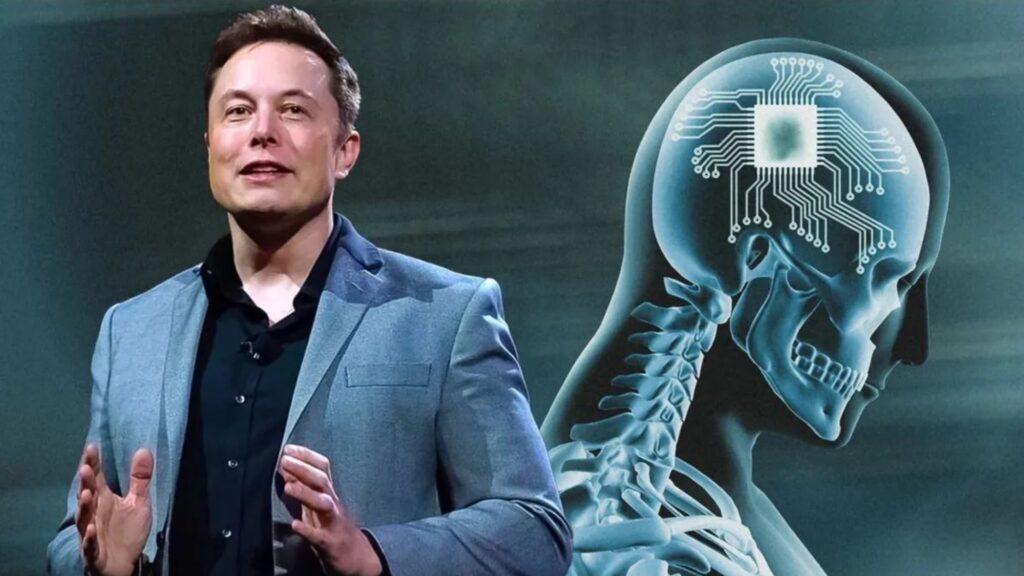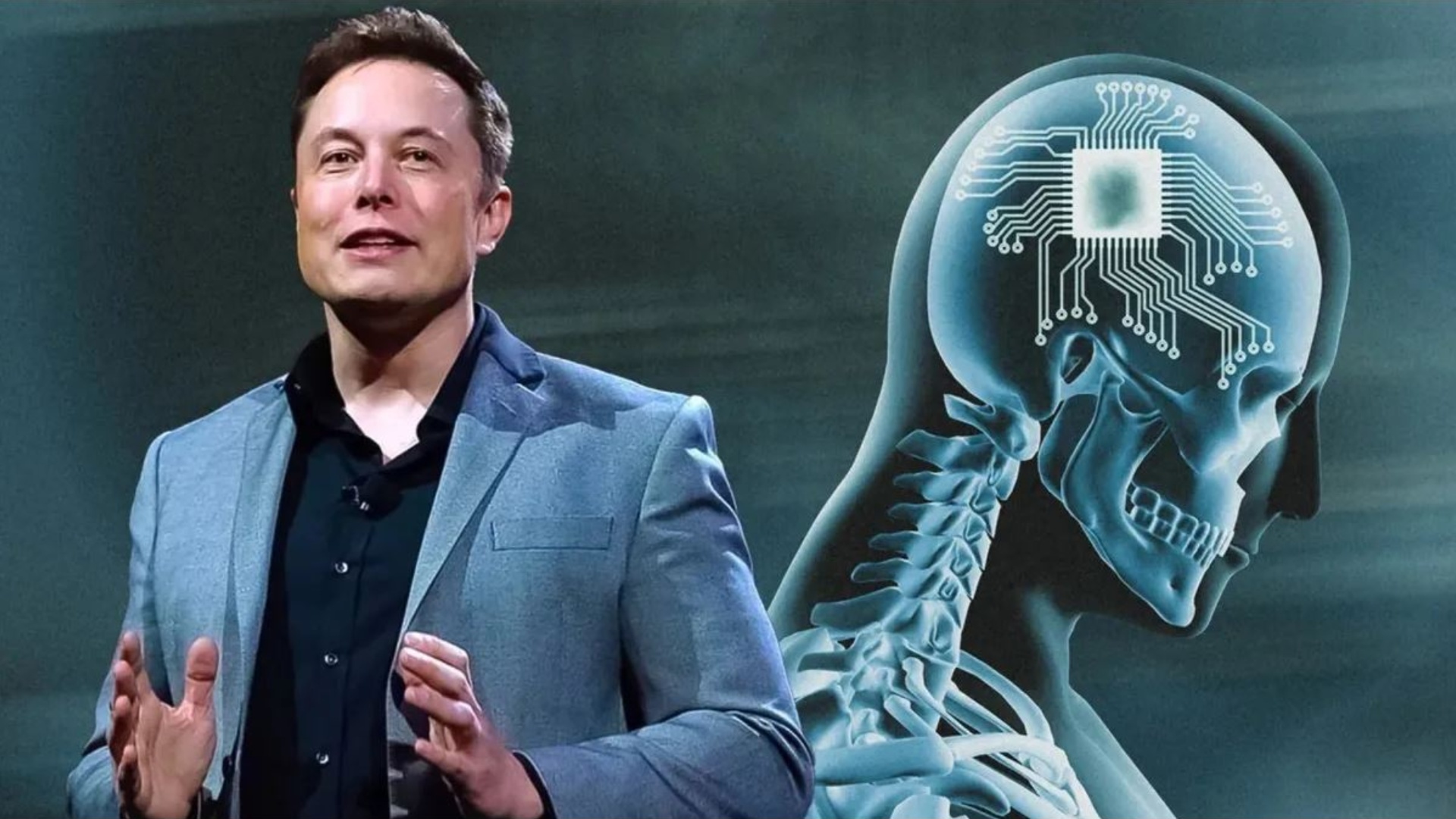Neuralink, the brain chip firm founded by Elon Musk, has secured a momentous achievement as the US Food and Drug Administration (FDA) grants approval for its first human clinical trial. This milestone follows earlier struggles the company faced in obtaining regulatory clearance, positioning Neuralink at the forefront of the race to develop a revolutionary brain-computer interface.
In a tweet, Neuralink expressed that the FDA’s approval represents a crucial initial step toward a future where their technology can assist countless individuals. Although specific details of the study have not been disclosed, the company stated that recruitment has not commenced and promised to share more information soon.
Neuralink’s primary objective is to establish a groundbreaking method for direct communication between computers and the human brain. By accomplishing this, the company aims to address complex neurological conditions that have thus far eluded effective medical interventions. These conditions encompass a wide range, from paralysis and blindness to depression and schizophrenia.

The proposed procedure involves implanting a minute, hermetically sealed chip directly into the patient’s brain. This chip is connected to 1,024 tiny electrodes, thinner than a human hair, and powered by a rechargeable wireless battery. Through this interface, the chip can both transmit and receive signals from an external computer.
Safety concerns surrounding Neuralink’s technology encompass three aspects: short-term physical risks, long-term medical implications, and ethical considerations. Brain surgeries inherently carry the risk of physical harm and potential rejection by the host organism. While the company has conducted extensive (albeit controversial) testing on animals, a complaint filed earlier this year highlighted alleged mistreatment of macaque monkeys involved in the technology’s evaluation.
However, the FDA’s approval for human testing suggests that Neuralink has overcome some of these challenges. Yet, more profound concerns arise regarding the long-term effects of having such a device operating within the immensely intricate human brain—an organ that humanity is only beginning to comprehend. Currently, there is no data on potential harm, but human testing will provide crucial insights for the development of similar products.
Ethical considerations related to Neuralink’s technology are subjective and contentious. The field of brain-computer interfaces raises concerns about data protection, potential applications, and the controversial concept of human enhancement. This includes augmenting cognitive abilities, sensory perception, or physical capabilities beyond current human limits. Consequently, calls for stringent regulation of this sector are anticipated.
Neuralink was established in California by Elon Musk and a team of seven scientists and engineers in 2016. Over time, most of the co-founders have departed, leaving only two at the company. Musk’s involvement brings an entrepreneurial approach and substantial publicity to an issue that many primarily consider scientific in nature. Being one of the most recognizable and controversial figures globally, Musk’s association with Neuralink ensures widespread attention and discourse surrounding the venture.
Several other companies are actively pursuing similar endeavors, with some reportedly making more progress than Neuralink. For instance, Black Rock Neuro Tech is also working on a brain implant technology. Additionally, Meta, the parent company of Facebook, is rumored to be developing wearable tech that enables typing through neural signals. Recently, Swiss scientists achieved a breakthrough in assisting a paralyzed individual to walk again. The field is rapidly expanding with numerous players vying for success.
While Neuralink’s association with Elon Musk guarantees substantial publicity, the ultimate victors in this race will be determined by which technology proves to be the most effective and can demonstrate safety to regulators and the market.

